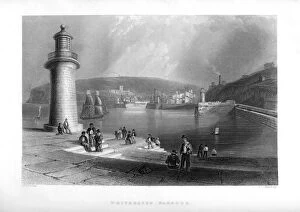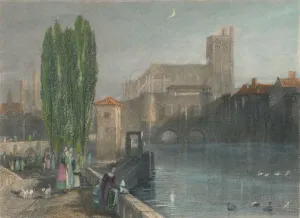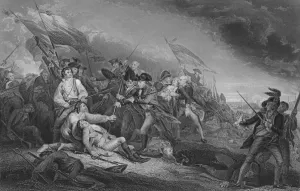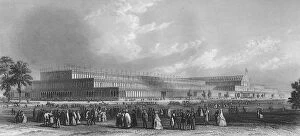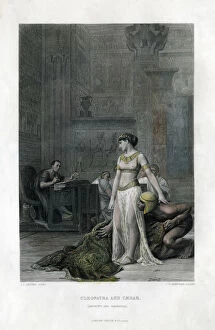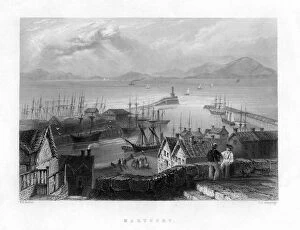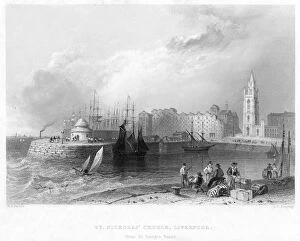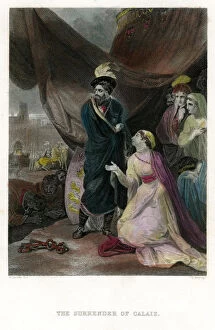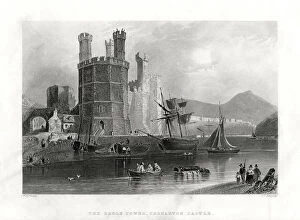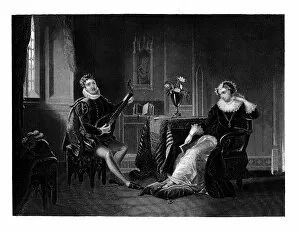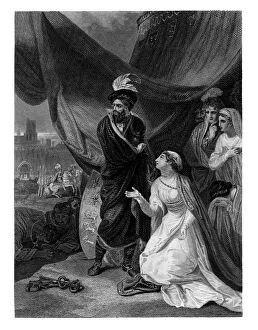J C Armytage Collection
JC Armytage, a talented artist from the 19th century, left his mark on various historical and artistic scenes
All Professionally Made to Order for Quick Shipping
JC Armytage, a talented artist from the 19th century, left his mark on various historical and artistic scenes. In Whitehaven Harbour, Cumbria in 1886, he captured the essence of this picturesque location with his brushstrokes. Moving back in time to Troyes around 1833, Armytage's creativity shone through as he brought this mid-late 19th-century city to life. One of his notable works includes "The Death of Caesar" from around 1870. With meticulous detail and skillful technique, Armytage depicted this iconic moment in history. Another masterpiece is "Prince Henry, Poins, and Falstaff, " inspired by Shakespeare's King Henry IV - First Part. Armytage also delved into capturing significant events such as Daniel Defoe enduring the Pillory at Temple Bar in London circa 1840. His ability to convey emotion and realism was evident here. The Plains of Lower Wallachia were another subject that fascinated him during the same period. Military battles intrigued Armytage too; he portrayed both the Battle of the Alma in 1859 and the Battle of Bunkers Hill during that same year with great attention to detail. These paintings showcased his talent for capturing action-packed moments on canvas. In addition to historical events, Armytage ventured into documenting cultural phenomena like A View of the Great Industrial Exhibition in Hyde Park from 1859—a testament to his versatility as an artist. Cleopatra and Caesar became subjects for him as well; their story came alive through his brushstrokes. Armytage's involvement extended beyond individual pieces; he also contributed significantly to The Great Exhibition held at Hyde Park in London during 1851—an event celebrated worldwide for its innovation and grandeur. Lastly, Magdalene of France stands out among his works—another example showcasing how JC Armytage effortlessly transported viewers back centuries through art.

